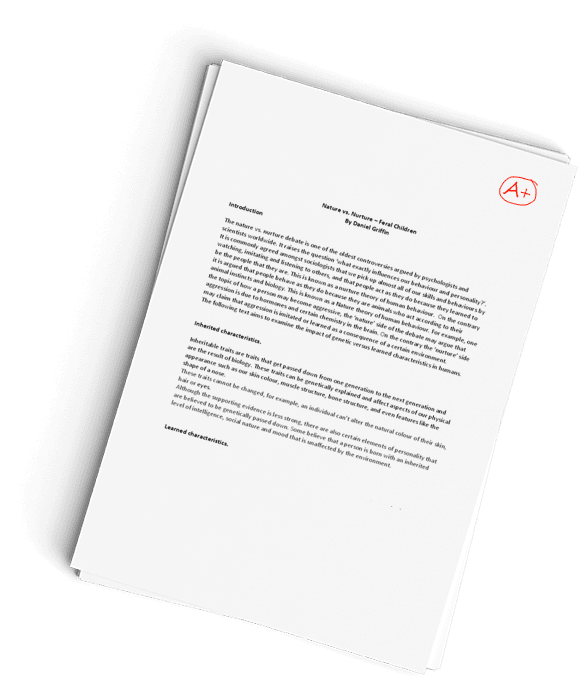New York University Week7 Measuring Healthcare Outcomes Discussion
Question Description
IMPORTANT NOTE REGARDING WORD LIMIT REQUIREMENTS:
Please note that each and every assignment has its own word limit.
Describe the difference between process and outcome measures.
Process measures gather the necessary information during the implementation of a program so that specific stages of the program are assessed from start to finish including evaluation of the program, recruitment, holding methods, program quality/accessibility, program engagement, barriers, and any additional questions pertaining to the start of the program (Fertman & Allensworth, 2016). Outcome measures focus on the impact and long-term assessments that stem from health promotion interventions. The outcome evaluation of a program is concerned if goals were achieved, health status outcomes for priority populations are met, injury prevention, statistics regarding prevalence, morbidity, and mortality within a given population, and return on investment for programs (Fertman & Allensworth, 2016). The difference is that the process measure focuses on the characteristics of implementing a program such as compiling and recording evidence for health programs and activities while the outcome measures the overall evaluation and effectiveness of the program.
Discuss why these are important to the evaluation of public health programs and interventions.
Program evaluations are a way to systematically design, assess, and make improvements or gain outcomes of a program (Public Health Assessment & Program Evaluation, 2019). Process and outcome measures are both very beneficial to the evaluation of public health programs and interventions. They provide important key concepts for program evaluation, organize steps for effective program appraisal, and ensure strategies are put in place that involve all program stakeholders to address their ideas and concerns. Moreover, an evaluation that is combined into a program design from the beginning of a program, gives constant information regarding program changes and decision making that will help strengthen the program (Fertman & Allensworth, 2016).
References
Fertman, C. I., & Allensworth, D. D. (2016). Health promotion programs: from theory to practice. John Wiley & Sons. http://www.gcumedia.com/digital-resources/wiley-an…
Public Health Assessment & Program Evaluation. (2019, April 10). Retrieved November 19, 2020, from https://phc.amedd.army.mil/topics/healthsurv/phape/Pages/default.aspx
Respond to the bold paragraph ABOVE by using one of the option below… in APA format with At least two references and a minimum of 200 words….. .(The List of References should not be older than 2016 and should not be included in the word count.) Include at least one scholarly reference and appropriate in-text citations and Address all points on the DQ. One point will be deducted for not addressing each item mentioned above. Remember that presenting someone elses work as your own is plagiarism.
- Ask a probing question.
- Share an insight from having read your colleague’s posting.
- Offer and support an opinion.
- Validate an idea with your own experience.
- Make a suggestion.
- Expand on your colleague’s posting.
Be sure to support your postings and responses with specific references to the Learning Resources.
It is important that you cover all the topics identified in the assignment. Covering the topic does not mean mentioning the topic BUT presenting an explanation from the context of ethics and the readings for this class
To get maximum points you need to follow the requirements listed for this assignments 1) look at the word/page limits 2) review and follow APA rules 3) create subheadings to identify the key sections you are presenting and 4) Free from typographical and sentence construction errors.
REMEMBER IN APA FORMAT JOURNAL TITLES AND VOLUME NUMBERS ARE ITALICIZED.
Have a similar assignment? "Place an order for your assignment and have exceptional work written by our team of experts, guaranteeing you A results."








